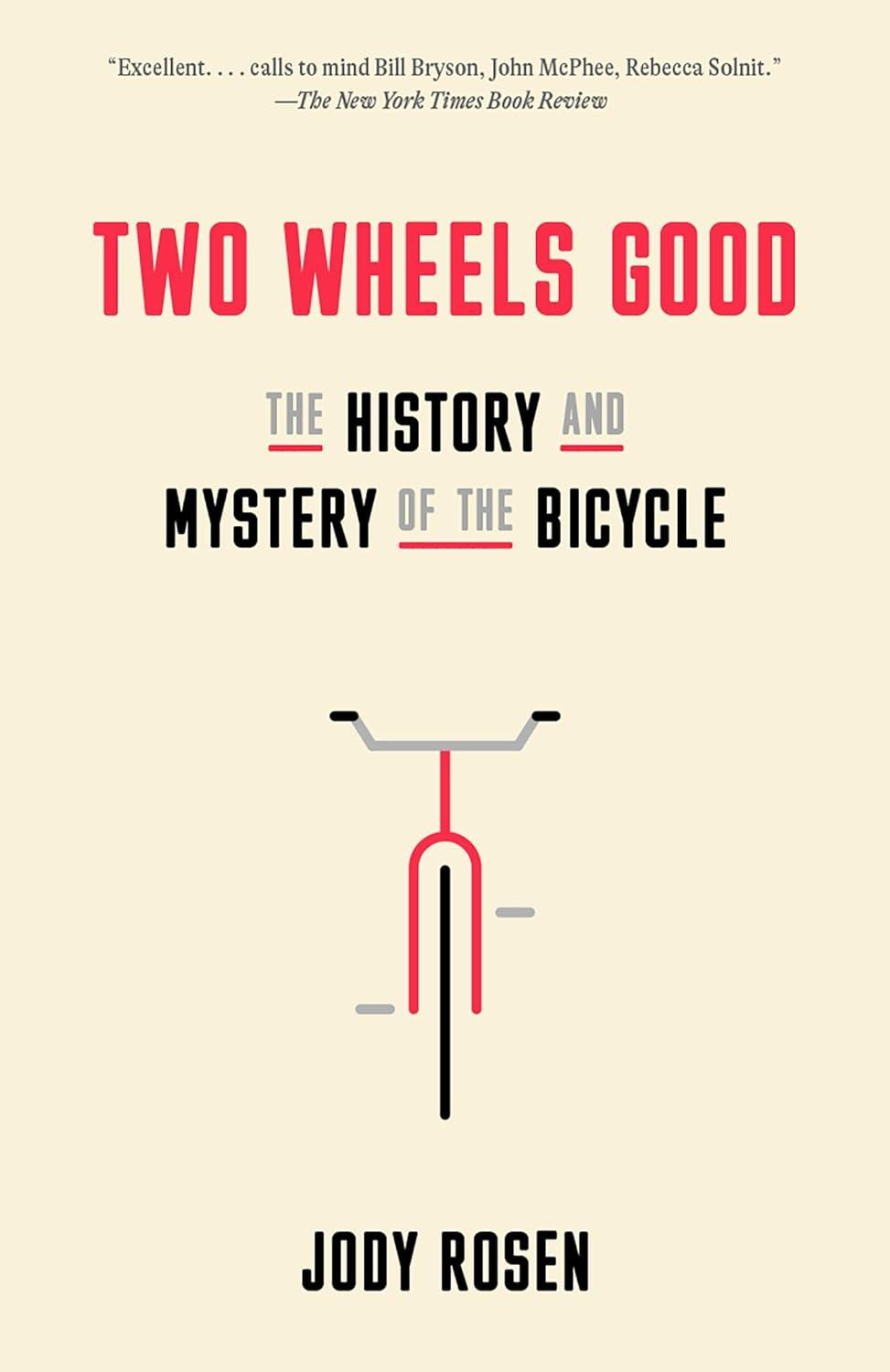Historians have suggested that the stationary bicycle predated the locomotive kind. Proponents of this theory point to the Gymnasticon, a machine patented in 1796, which had a pair of flywheels powered by wooden treadles and bore some resemblance to today’s recumbent exercise bikes. As with most questions of bicycle genealogy, your opinion will depend on how elastic your definition of a bike is, and how long and hard you squint. In any case, by the late 1870s, various devices were in use that allowed cyclists to pedal a bike indoors, without moving forward an inch.
The arrival of the stationary bike marked an evolution in the way people conceived of bicycles and bicycling. In the classic 19th-century formulation, the bicycle was an annihilator of space: an invention that shrank the world, collapsed distances, carried riders over the hills and far away. The stationary bike, by contrast, was a devourer of time. To ride a stationary was to champion exercise—the pure physical act of pushing pedals for as long as you could manage—as an end in itself, distinct from the utility of bicycle travel. Stationary bikes construed the bicycle first and foremost as a fitness machine, a device for building stamina and growing muscles and shedding pounds. When you pedaled a stationary, you were literally going nowhere. The point was how long you pedaled for, and at what pace.
But those unbudging bicycles made other things move. A stationary bike turned human exertion into energy; that energy, it turned out, could be used to power a variety of machines and tools. In 1897, a whimsical inventor in St. Louis began marketing a “shower-bath bicycle,” whose arrangement of pumps and pipes and a watering-can-like nozzle, arcing up and over the rider from the bike’s rear sprocket, permitted a cyclist to exercise and bathe simultaneously, while regulating the water pressure with the vigor of his pedaling. Over the decades, the pedal power of stationary bicycles has been harnessed to run dentists’ drills in New Deal Civilian Conservation camps, to activate the air-conditioning in a bunker built for Benito Mussolini, and to light a giant Christmas tree in Copenhagen’s City Hall Square.
The promise of exercise bicycles as alternative energy sources has excited the imaginations of environmentalists. Stationary bikes have been utilized on small farms and communes to grind flour and thresh wheat, and some visionaries have grander dreams of pedal-driven agriculture and industry, of putting bikes to work in fields and factories and homes. These ideas were elaborated in one of the more fascinating artifacts of ’70s bicycle utopianism, Pedal Power in Work, Leisure, and Transportation, a manifesto, history, and how-to co-written by a group of cycling activists and published in 1977 by Rodale Press, which specialized in books about sustainability. The book assailed “this age of lasers and deep space probes,” in which “much of the muscle in the industrialized world hangs like a rag doll.” The solution, the authors wrote, was to foster a “climate of bikology,” exploiting the “full human potential inherent in the use of bicycles for work.”
